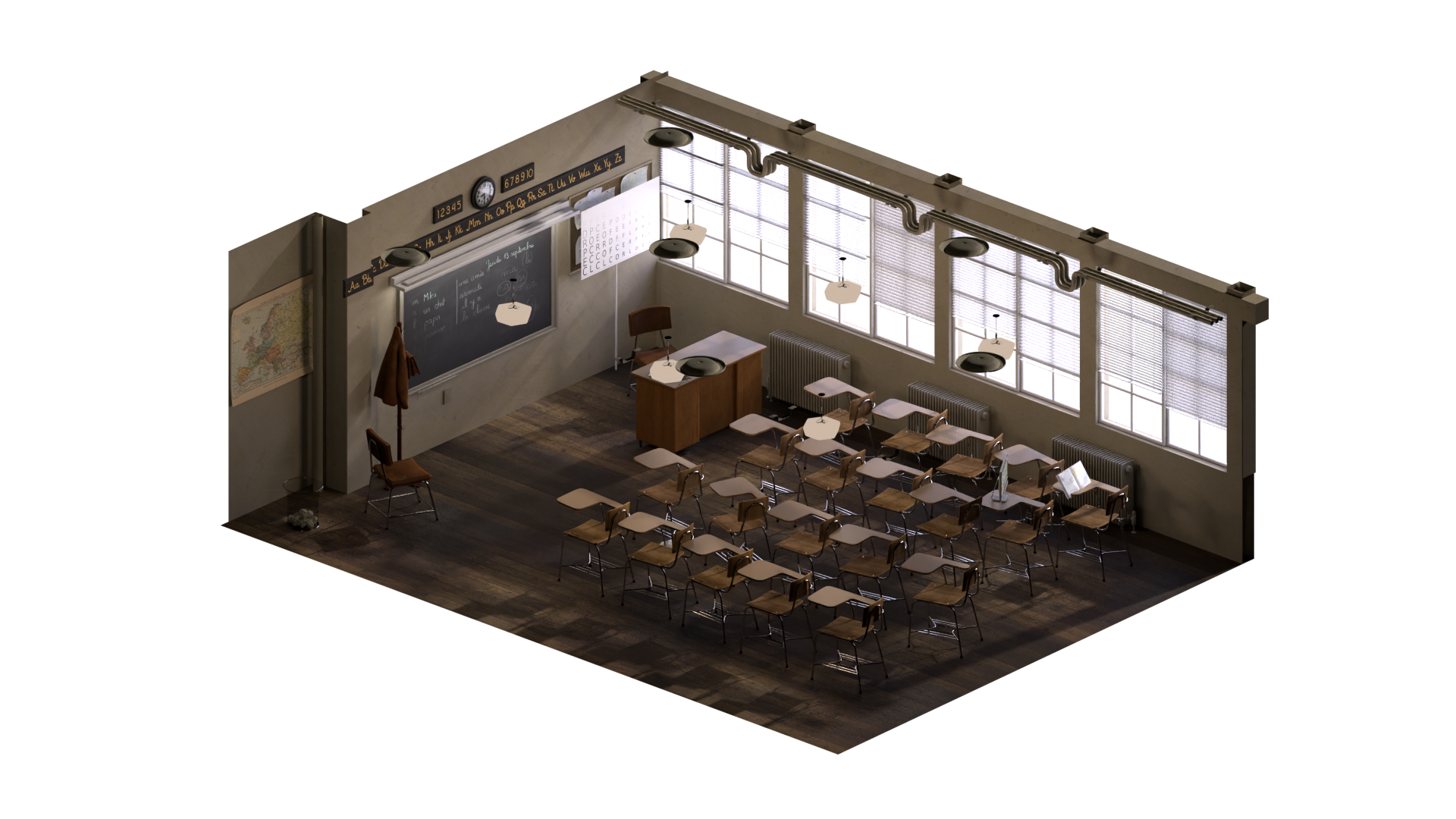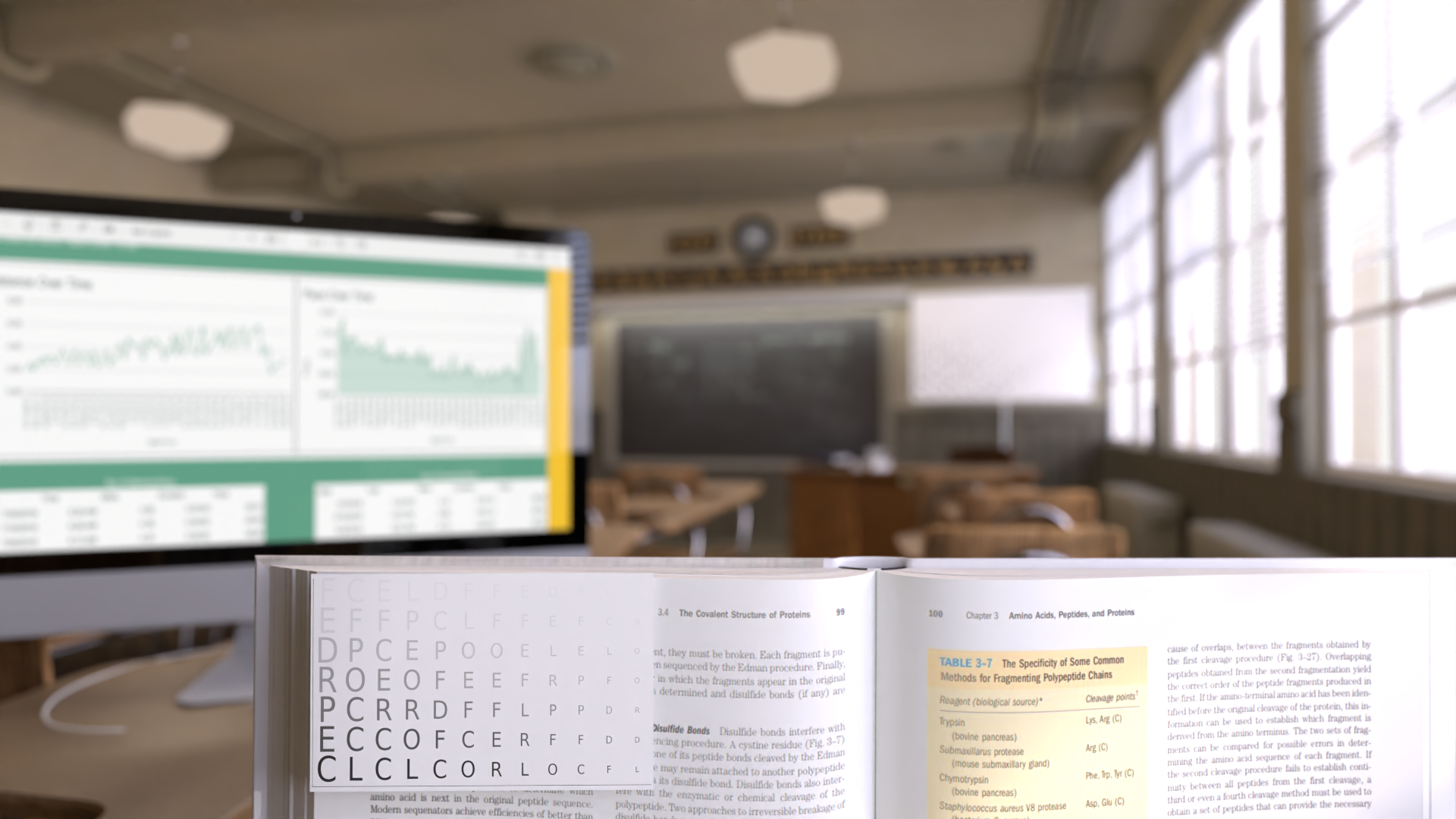Cataracts Are Coming for Us All: What You Need to Know About Surgical Lens Choices
If you've recently had a cataract consultation, you’ve probably been told it’s time to pick a new lens. Your choices?
Standard IOL (Monofocal): Covered by insurance, sharp vision at one distance (usually far).
Premium IOL (Multifocal / EDOF): Out-of-pocket cost, allows for vision at multiple distances, potentially less need for glasses.
Your choice will affect how well you see every object for the rest of your life, and is more than likely irreversible. No pressure, right?
This article is here to help you unpack what that decision really means, beyond the standard bullet points from the handout you took home from your last appointment.
Why “Premium” Is a Category, Not a Spec
Terms like “multifocal” and “EDOF” describe a goal , extended range of vision, not a single design. Optical engineers use various methods (rings, wavefronts, diffractive zones) to try to stretch the depth of focus without sacrificing too much clarity.
Some succeed better than others, but all premium IOLs share the same design challenge:
You Can’t Have It All: Clarity vs. Depth of Focus
The core truth of optics is this:
You cannot maximize image sharpness and depth of focus at the same time.
A monofocal lens (standard IOL) prioritizes clarity (crisp vision at a single focal point). In most cases, that’s distance. You’ll likely see well with no glasses from about 4–5 feet onward… but you’ll absolutely need reading glasses for near tasks.
A premium IOL prioritizes flexibility, offering usable vision at near, far, and in-between distances. But it comes at the cost of maximum contrast and sharpness, especially in lower-light or fine-detail conditions.
The Confusion
Many patients choose premium lenses either because they were expecting “20/20” vision (patients may have been quoted or have read that 70-85% of patients are 20/20 post-surgery) and are confused when they can’t track a golf ball in the sky on a short wedge shot. Or they choose the premium lens because, and I quote, “Its my eyes, I don’t want to cheap out on them”.
Others choose standard lenses, thrilled by the clarity… then frustrated when they can’t read a menu or check a text message without digging out reading glasses.
This post, and its associated visuals is designed to demystify that experience.
Why 20/20 Isn’t the Whole Story
Snellen acuity (like the “E” chart) only tests high-contrast vision: black-on-white, max brightness. It's great yard marker for healthy eyes. But once you’ve had cataracts or surgical intervention, things get more nuanced.
What often suffers in these scenarios is the ability to see small, low-contrast details like grey-on-white text, faint facial features, or subtle depth cues.
Visualization #1: A Custom 3D Test Scene
The benefits of building out a 3D scene is that it allows me to insert a virtual eye (camera) at any location and tweaks it parameters to exactly match the optical specification on an IOL.
To demonstrate this, I created a fully 3D-rendered simulation using physically accurate optics where the scene’s virtual camera (analogous to the eye after cataract surgery) was precisely configured to match the exact optical behavior of each IOL design.
The test target: a Snellen-inspired contrast chart with:
Bottom row: standard 100% contrast letters
Left to right: letters get smaller
Bottom to top: letters get fainter (less contrast)
The bottom row of letters are analogous to the standard eye chart. But as you move up the columns, the letters get fainter. Most of day-to-day vision happens in the top right quadrant.
I placed this chart in the 3D scene at two locations:
Far wall (distance vision test)
Open book in foreground (near vision test)
Time to See For Yourself
Standard IOL (Distance Focused)
Far chart: Easily legible across bottom rows, even into smaller sizes and fainter letters. For example, column 11, row 4 is readable.
Near chart: Almost nothing readable except maybe the largest, darkest letters (column 1, row 1).
Standard IOL
Premium IOL
Far chart: Still readable, but clarity drops sooner, e.g., column 10, row 3 is about the limit.
Near chart: Huge improvement, now column 10 or 11, row 3 is visible, where standard IOL shows only blur.
Premium IOL
Standard IOL + Reading Glasses
Near chart: Best performance by far, more rows and columns become legible.
Far chart: Extreme blur through reading lenses (although this would be mitigated if using progressives or bifocals).
Standard IOL + reading glasses
What This Shows
Premium IOLs offer impressive depth of field, definitely a major advantage. But they trade some best-case clarity to get there. Whether that trade-off matters is personal.
And one more thing: reversibility.
If vision isn’t ideal after a standard IOL, it’s usually easy to fine-tune with glasses or LASIK.
If it’s not ideal after a premium IOL, options are more limited as enhancements are tricky or not possible. In fact the concept of neuroadaptation becomes something you hear more and more, aka deal with it, you’ll get used to it.
Visualization #2: Real-World Simulation
To wrap it all together, I filmed a physical version of the test:
Multiple synced videos, each focused at different distances
Layered together to simulate what your brain sees with a premium IOL
Included a slider tool so you can compare:
👁 Standard IOL
👁 Standard IOL + reading glasses
👁 Premium IOL (blended focus)
For best results, you really should view all the simulations on this page on a computer screen and not a phone.
The Takeaway
There is no perfect lens.
If you want the sharpest, most contrast-rich image at one range (and don’t mind glasses): Standard IOL is for you.
If you’d rather reduce or eliminate glasses and accept a bit of softness or ghosting: Premium IOL is by far the better fit.
Neither is wrong, but understanding the physics behind the trade-off makes the choice feel less like a gamble.
Dr. Robert Burke is an optometrist at Calgary Vision Centre. The thoughts, opinions, and analogies shared above are intended for education and entertainment purposes only (think of them like a friendly explainer, not a personal consultation.) Every set of eyes is different, and the right testing protocol depends on your specific vision needs, health history, and lifestyle. So if you're experiencing symptoms or just have questions about your vision, don’t rely on internet content alone, talk to your optometrist or health care provider directly. We’re here to help, but nothing beats an in-person exam with someone who knows your eyes.





